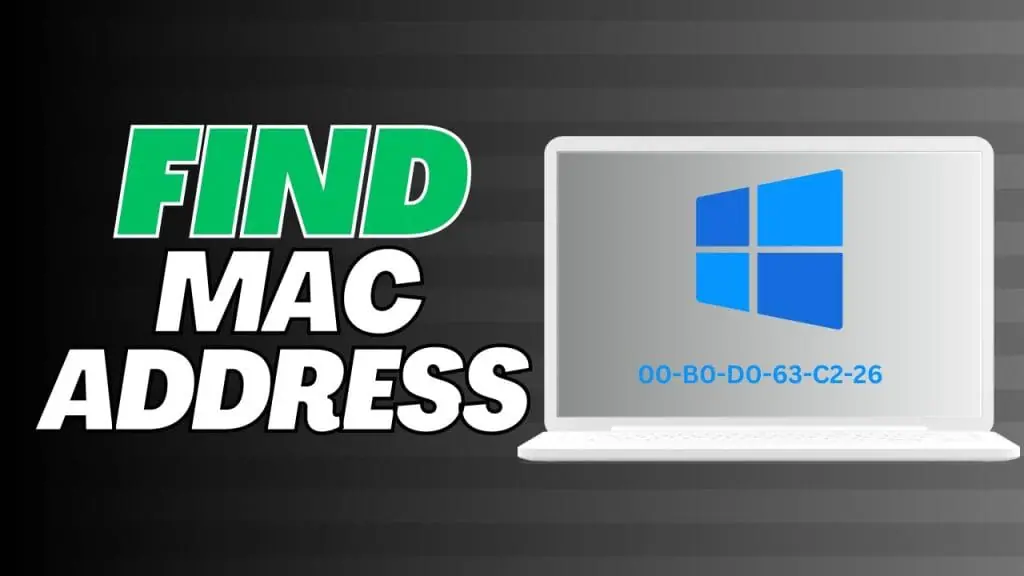Finding Your PC’s MAC Address
The Media Access Control (MAC) address is a vital yet often overlooked aspect of your computer. This 12-digit hexadecimal number uniquely identifies your PC on the network when it connects to the internet. Much like a postal address, it helps in network identification. Your PC can have multiple MAC addresses, one for each type of network connectivity, such as Ethernet, Wi-Fi, or cellular. Here’s how to find these addresses.
How to Find Your PC’s MAC Address with Command Prompt
To find your PC’s MAC address, you’ll need administrator access and the Command Prompt:
- Press
Windows + Ron your keyboard to open the Run window. - Type
CMDand click OK or press Enter. - If you don’t have administrator access, go to the Start menu, search for Command Prompt, right-click on it, and select Run as administrator.
- In the Command Prompt, type:
IPCONFIG /ALL - You’ll see a readout of the Windows IP Configuration.
- Look for the adapter you’re using (e.g., Wireless LAN adapter for Wi-Fi, Ethernet adapter for Ethernet).
- Under the adapter, find Physical address. Note down this number—this is your MAC address.
How to Find Your PC’s MAC Address through Control Panel
If you prefer not to use the Command Prompt, you can find your MAC address through the Windows Control Panel in both Windows 10 and Windows 11:
- Open the Start Menu.
- Search for Control Panel and click the top result.
- Choose Network and Internet.
- Select Network and Sharing Center.
- You’ll see a list of active networks. Choose the one you’re connected to.
- Click the hyperlinked network name (or Ethernet if connected via Ethernet).
- Select Details.
- In the popup, you’ll see the Physical Address listed. Write it down somewhere—this is your MAC address.
That’s all you need to find your MAC address in Windows 10 or 11. It doesn’t take much effort, as long as you have administrator access.





